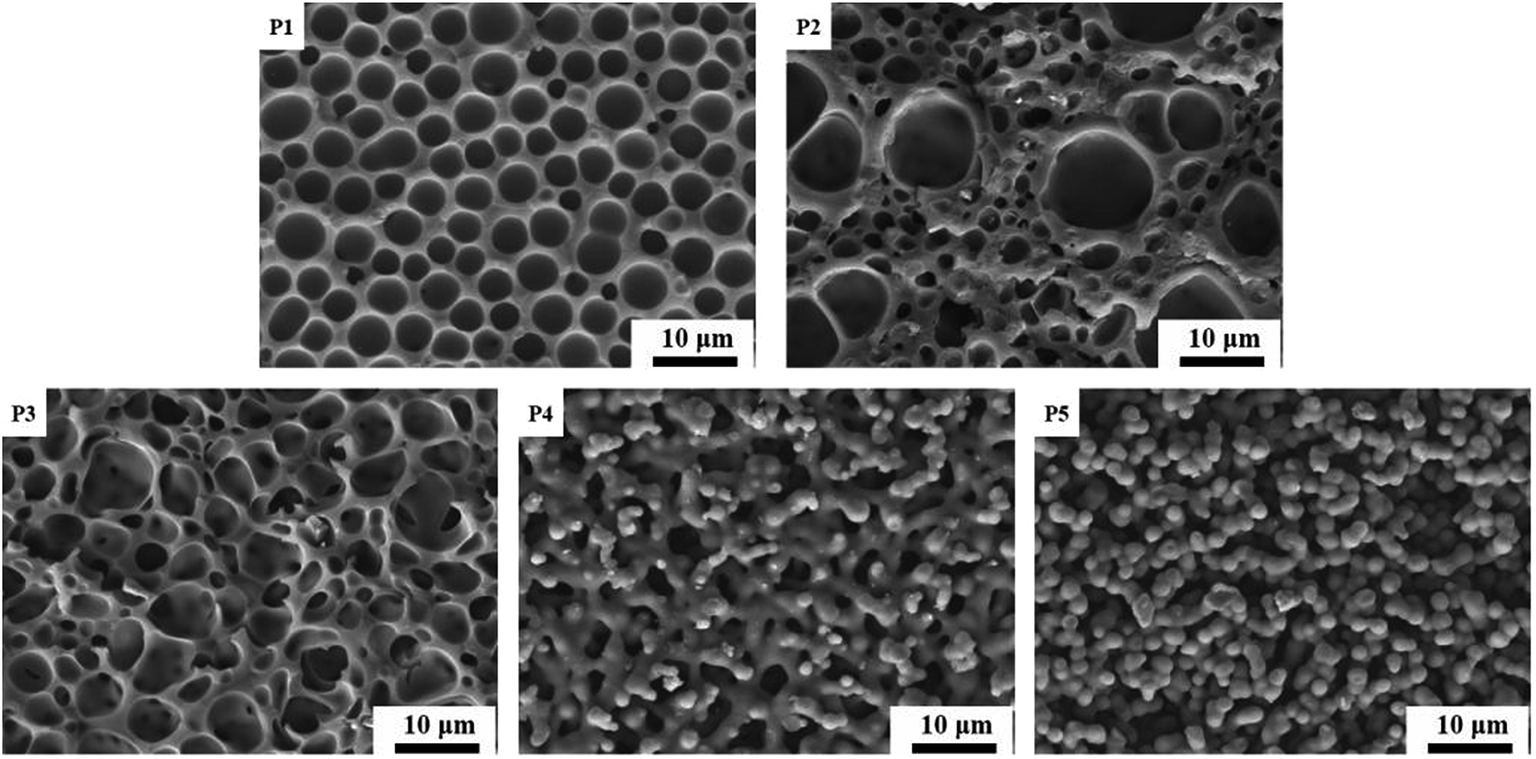Over the last ten years, the development of polymer dispersed liquid crystal (PDLC) technology has seen remarkable progress, making it a versatile material for various applications. PDLC has proved particularly useful in the fields of displays, smart windows, and optical devices, due to its tunable optical properties and its ability to switch between transparent and opaque states. Researchers have made significant strides in the synthesis of PDLCs, resulting in improved performance and stability. Additionally, there have been advances in the development of manufacturing techniques, such as roll-to-roll processing, making PDLCs more accessible for commercial use. The success of PDLCs can be attributed to the close collaboration between academia and industry, driving innovation and technology transfer.
The scientific investigation of liquid crystals confined to small cavities, particularly the study of their electro-optical behavior, has also been reinvigorated by the technological advancements in PDLCs. The confinement of liquid crystals in small spaces can lead to unique electro-optical properties, which can be utilized in the development of advanced displays and sensors. The research in this area has led to the discovery of novel phenomena, such as the flexoelectric effect, and the development of new materials, such as nano-structured liquid crystals. These materials offer the potential for a new generation of devices with superior performance and lower power consumption. The renewed interest in liquid crystals confined to small cavities has thus opened up new avenues for research and innovation, leading to significant progress in both fundamental science and technology.



